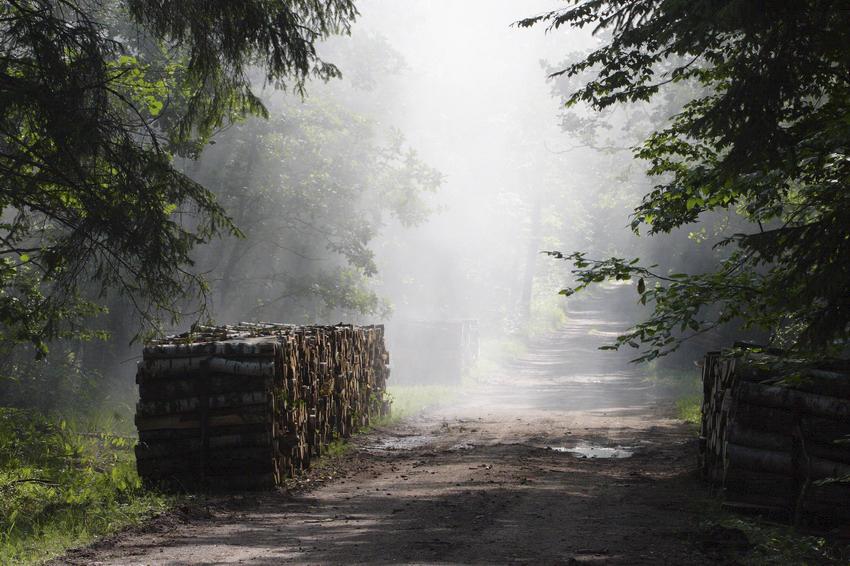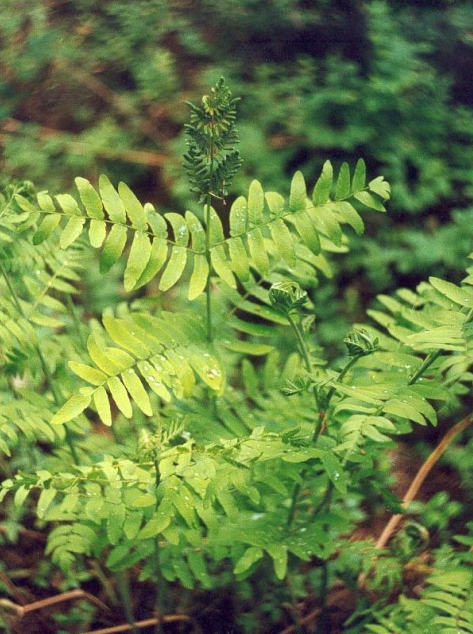 Asset Publisher
Asset Publisher
The State Forests National Forest Holding
The State Forests National Forest Holding is the largest organisation in the European Union managing forests, which belong to the State Treasury and celebrating its 90 anniversary this year.
Presently, we manage the area of one third of Poland's territory. Not long after the end of the Second World War, there was only 21 % of the area. Every year we plant 500 million of new trees, as we want Polish forests grow all the time.
Every year Polish foresters plant 500 million of trees.
85 % of nature reserves in Poland are located within the State Forests. 40 % of the forests managed by General Directorate of the State Forests are protected within the framework of European network Natura 2000. We fight against many threats: natural disasters, plaques of insects, trees' diseases, fires, pollutions, as well as poaching and vandalism.
We take care the forestry supplying the market with timber, as ecological and universal material, to be carried on in accordance with rules of balanced development (photography P.Fabjański).
One of our major tasks is making forests accessible to the society. We invite you to take advantage of these beautifully located within the forest wilderness holiday resorts, forester's lodges or guest rooms. That is for you, we create thousand kilometres of hiking trails, cycling paths or camping sites. All the above mentioned, you can find in service www.czaswlas.pl.
We also take care the forestry supplying the market with timber, as ecological and universal material, to be carried on in accordance with rules of balanced development. We obtain over 30 million of cubic meters of wood annually, twice as much as at the beginning of the nineties of the XX century.
Despite of this, the average of wood abundance per hectare of our forests is one fourth bigger than 20 years ago and 40% bigger than the average of European Union currently amounts.
In Poland in sectors connected with the forestry, there work about 375 thousand of people. It means that each 40 working Pole works in the forest.
In Poland in sectors connected with the forestry, there work about 375 thousand of people. It means that each 40 working Pole works in the forest. The sector of wood processing works out approximately 8 % of our GDP (Gross Domestic Product). Among others, thanks to the timber from the State Forests Poland is the 10 largest producer of furniture in the world, and the 4 largest furniture exporter.
The State Forests employ 25 thousand people. That way we are the 9 biggest employer in Poland. Among the largest companies in our country it takes 22 place in respect of its incomes and 11 place in respect of its profits. The value of assets, we manage, reaches 300 million zl. If we add social values, it will be worth one billion zlotych. We do not use money from the budget, but we earn money on our own to support the business. In spite of the financial crisis, since 2002, we continuously note down profits. Moreover, we pay taxes amounting 1,3 billion zl annually.
87 % of Poles think, the foresters are competent. We willingly share our knowledge of Polish forests, of their history and of nature values with the others. We publish books, periodicals, brochures; we also administer the website www.lasy.gov.pl . For children, the youth and teachers, we prepared internet service "E-lynx' Lynx Forest" (www.erys.pl). Our staff has supported schools in field of nature education for years. We also organise many actions to let people broaden their knowledge about forest, nature and ecology.
 Asset Publisher
Asset Publisher
 Asset Publisher
Asset Publisher
Nasze lasy
Nasze lasy
Nadleśnictwo Kalisz w całości położone jest na terenie powiatu kaliskiego: Ziemskiego i Grodzkiego, które wchodzą w skład województwa wielkopolskiego. Swoim zasięgiem terytorialnym obejmuje 81.823 ha, 10 gmin powiatu kaliskiego i Miasto Kalisz.
Nadleśnictwo zajmuje pow. 11.023 ha, w tym 10.796 ha stanowią lasy. Lasy nadleśnictwa stanowią jeden obręb leśny Pieczyska. W skład obrębu wchodzi 8 leśnictw: Kazala, Orla Góra, Morawin, Winiary, Zajączki, Wróbel, Brzeziny i Wilcze Ługi. Nadleśnictwo położone jest na obszarze 2 różnych krain przyrodniczo-leśnych: IV Krainie Mazowiecko - Podlaskiej, 3 Dzielnicy Równiny Warszawsko- Kutnowskiej, w Mezoregionie Wysoczyzny Kłodawsko - Tureckiej i III Krainie Wielkopolsko - Pomorskiej, 9 dzielnicy Kotliny Zmigrodzko - Grabowskiej.
Lasy ochronne (gleboochronne , wodoochronne, ostoje zwierząt chronionych, uszkodzone przez przemysł II strefa, w miastach, wokół miast) stanowią 59% pow. leśnej. Największy kompleks leśny o łącznej pow. ok. 5 tys. ha obejmuje uroczysko Pieczyska i Brzeziny. W kompleksie tym, zlokalizowane są dwa rezerwaty "Brzeziny"- dla paproci długosz królewski i "Olbina" obejmujący jodłę na północnym krańcu zasięgu.
Drugim co do wielkości kompleksem leśnym jest uroczysko Orla Góra o pow. 2.424 ha. Pod względem geomorfologicznym jest to równina ze wzniesieniami w postaci wałów wydmowych, zbudowana z piasków rzecznych dawnych tarasów akumulacyjnych.
Nadleśnictwo Kalisz posiada pewne swoiste cechy, które determinują zarówno zakres prac jak i kształt sporządzanego Planu Ochrony Przyrody. Wyraźne rozciągnięcie obszaru w kierunku północno - południowym, zróżnicowanie geomorfologiczne sprawia, iż na stosunkowo niewielkim terenie posiadamy skrajnie ubogie zbiorowiska Cladonio - Pinetum, jak i wydzielenia jodłowe na granicy północnego występowania w dobrej kondycji zdrowotnej. Ponadto drzewostany nadleśnictwa nie wyróżniają się szczególnymi wartościami tak z punktu widzenia oceny przyrodniczej jak i technicznej. Stąd też, niektóre inwentaryzowane elementy o unikatowych walorach w naszym regionie nie stanowią na tyle cennych wartości przyrodniczych, aby wprowadzić instytucjonalną ochronę prawną.
Dodatkowym elementem wyróżniającym nadleśnictwo jest rozdrobnienie obszaru na ponad 90 kompleksów leśnych. Wynikają z tego powodu pewne trudności organizacyjne, ale przede wszystkim wiąże się to z penetracją przez ludność. Brak stałych ostoi zwierzyny, zagrożenia pożarowe czy zaśmiecanie lasu są skutkiem pełnienia przez lasy tej nieodłącznej funkcji społecznej. Program Ochrony Przyrody Nadleśnictwa Kalisz w swej postaci jest skierowany głównie na zabezpieczanie wszystkich wartościowych przyrodniczo obiektów stanowiących o urozmaiceniu krajobrazu i bioróżnorodności przyrodniczej regionu.


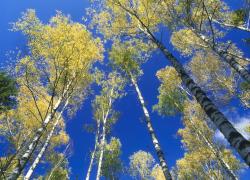 fot. Paweł Fabijański
fot. Paweł Fabijański
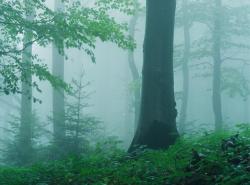 fot. Paweł Fabijański
fot. Paweł Fabijański
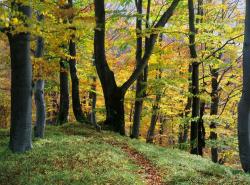 fot. Paweł Fabijański
fot. Paweł Fabijański
